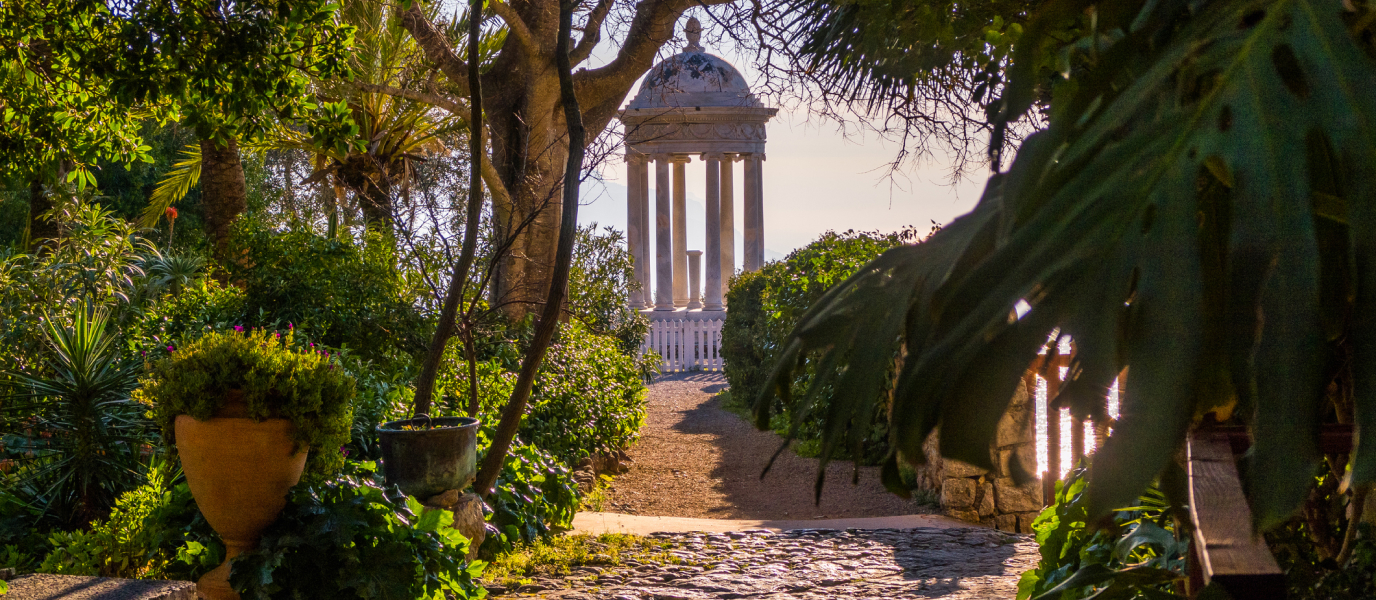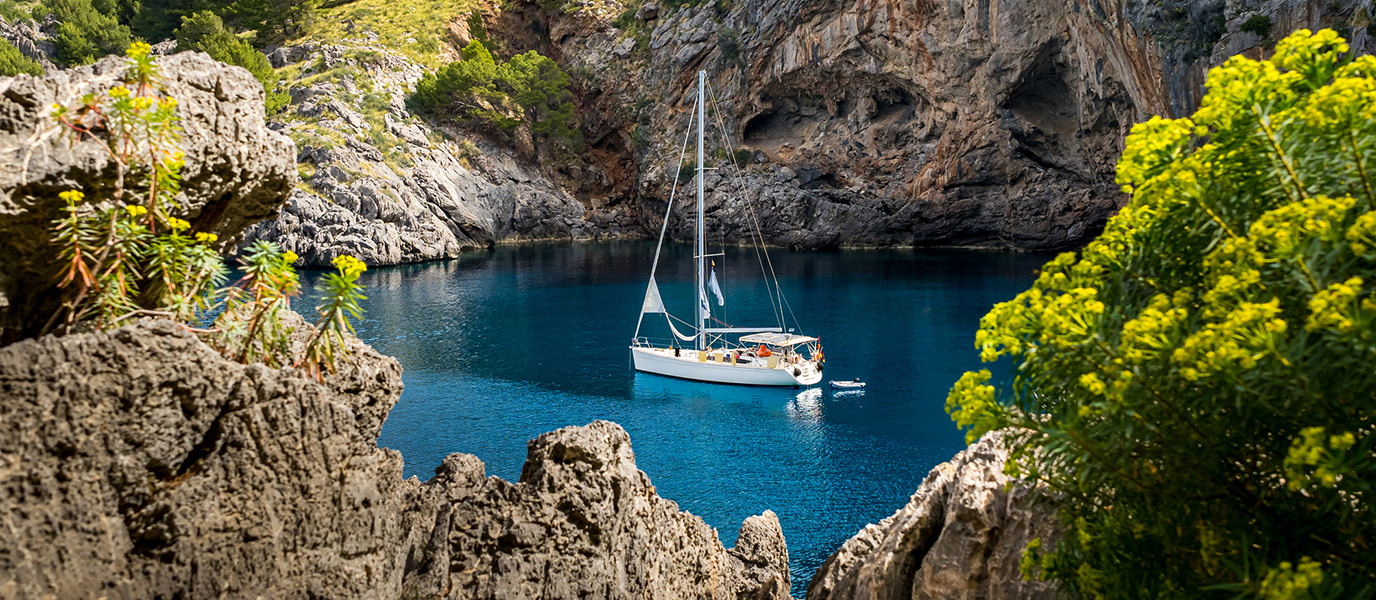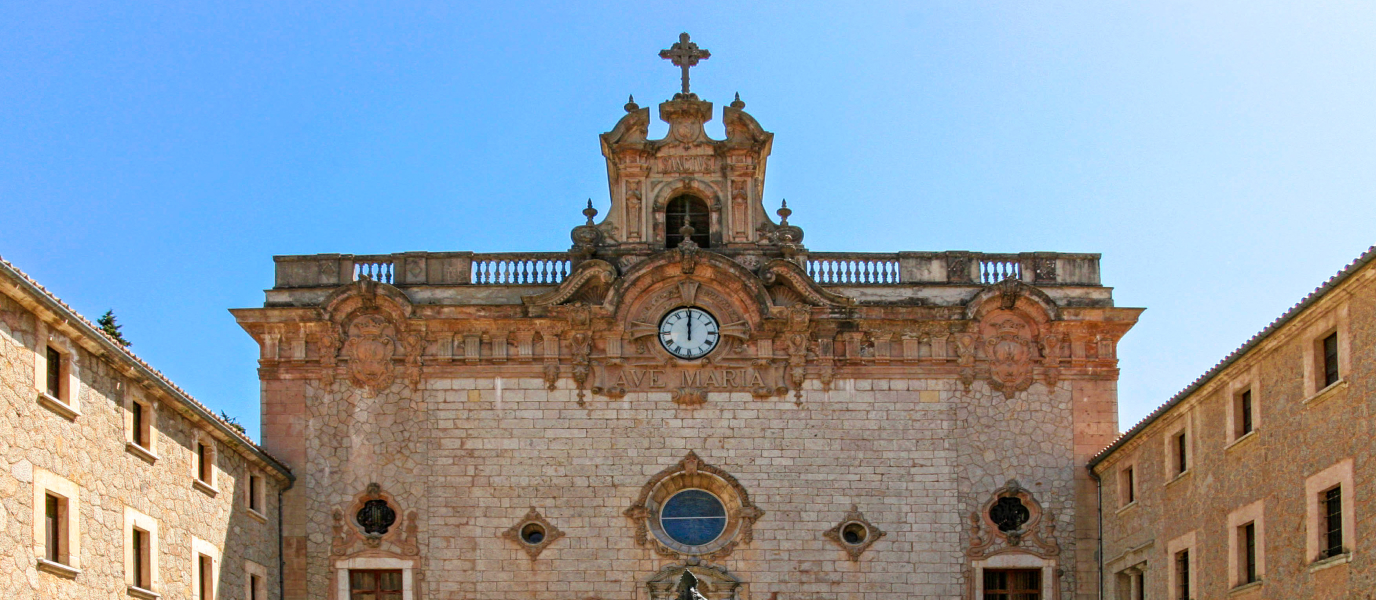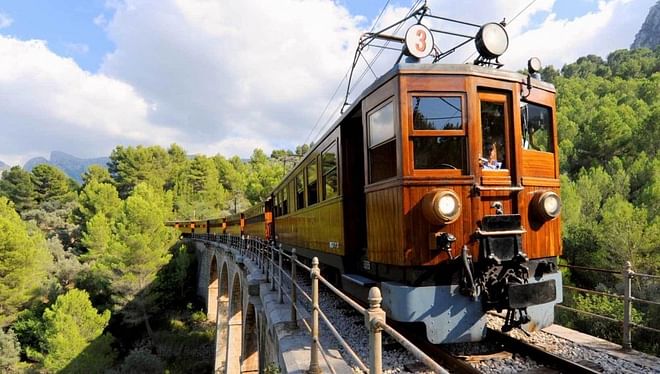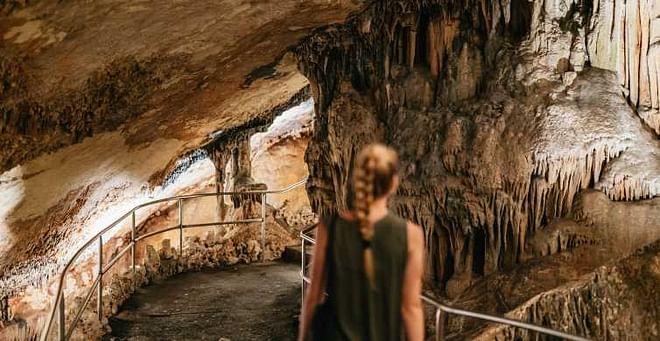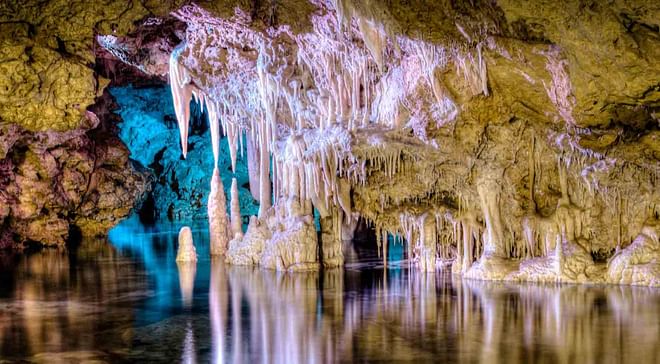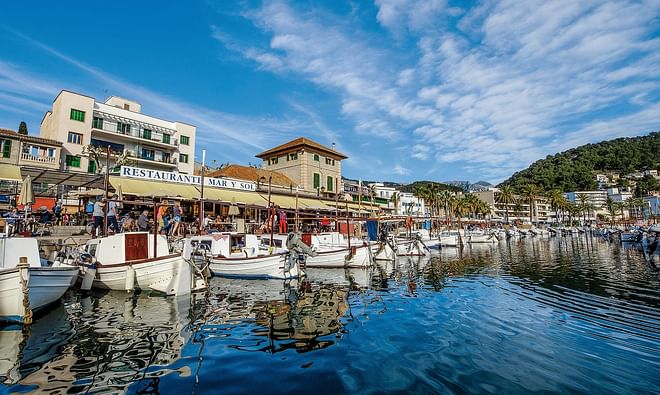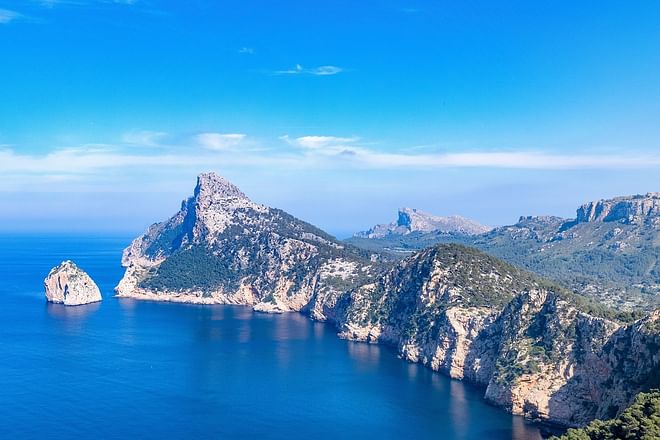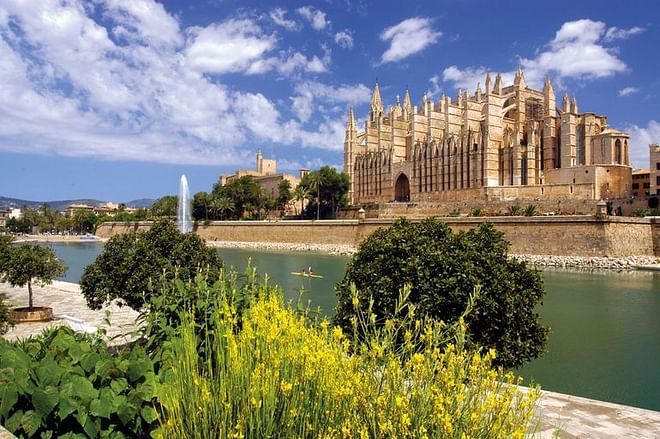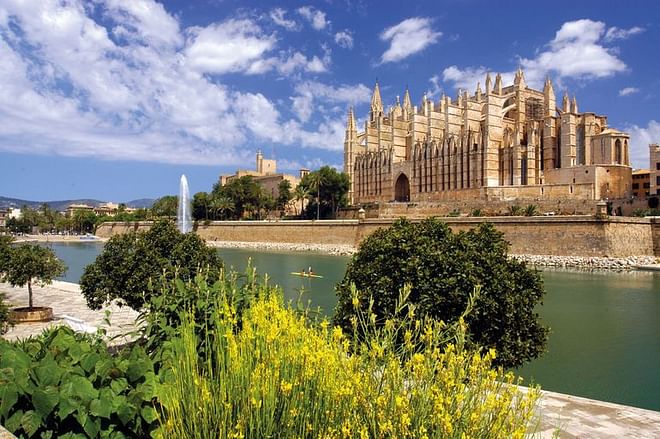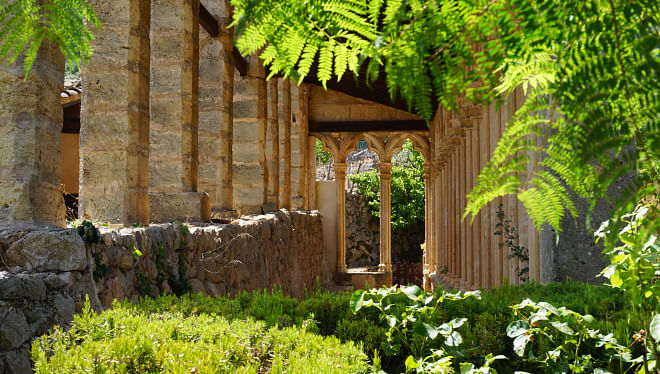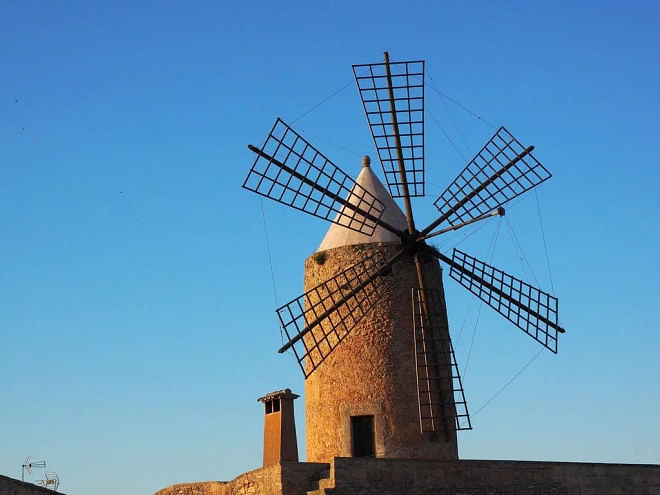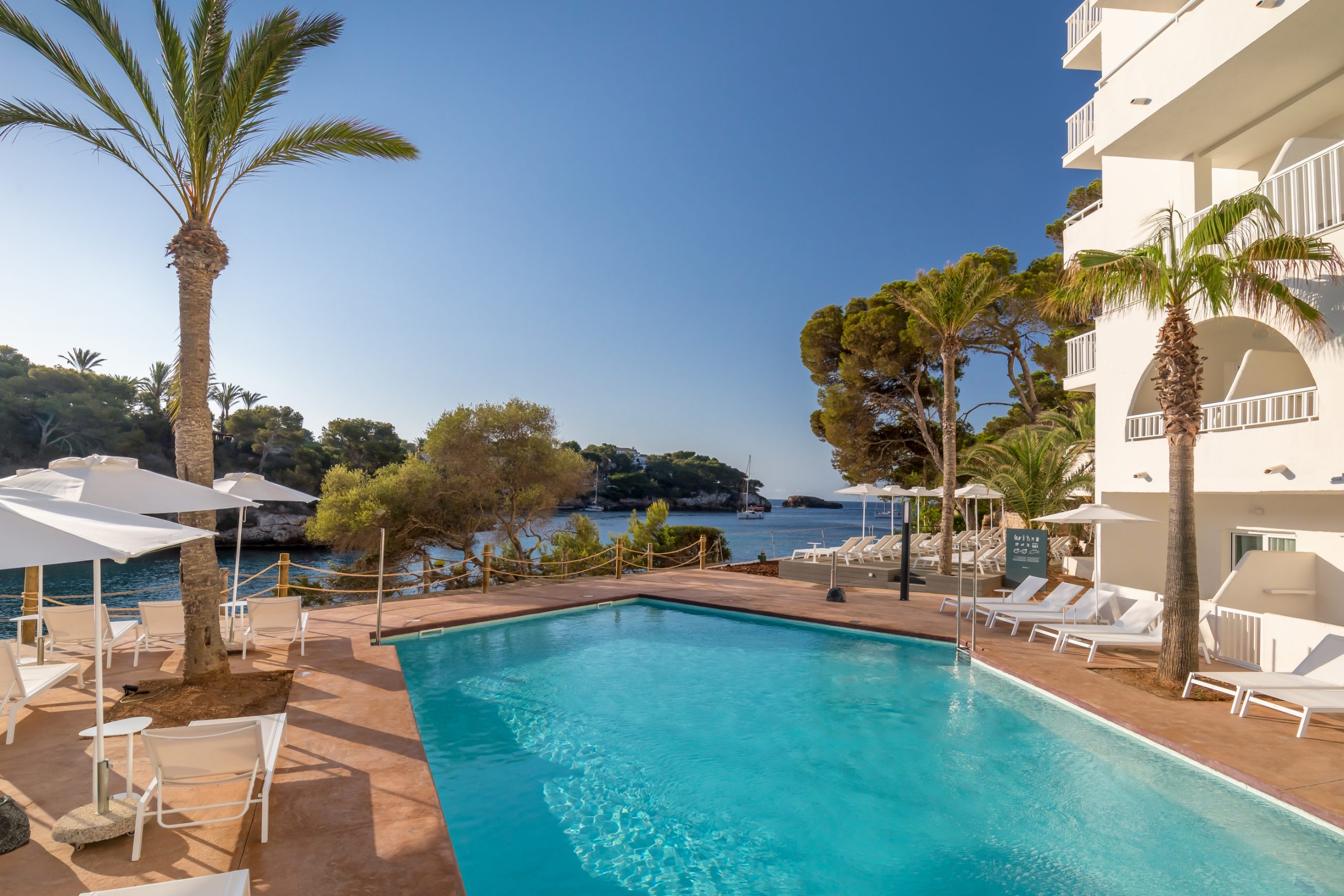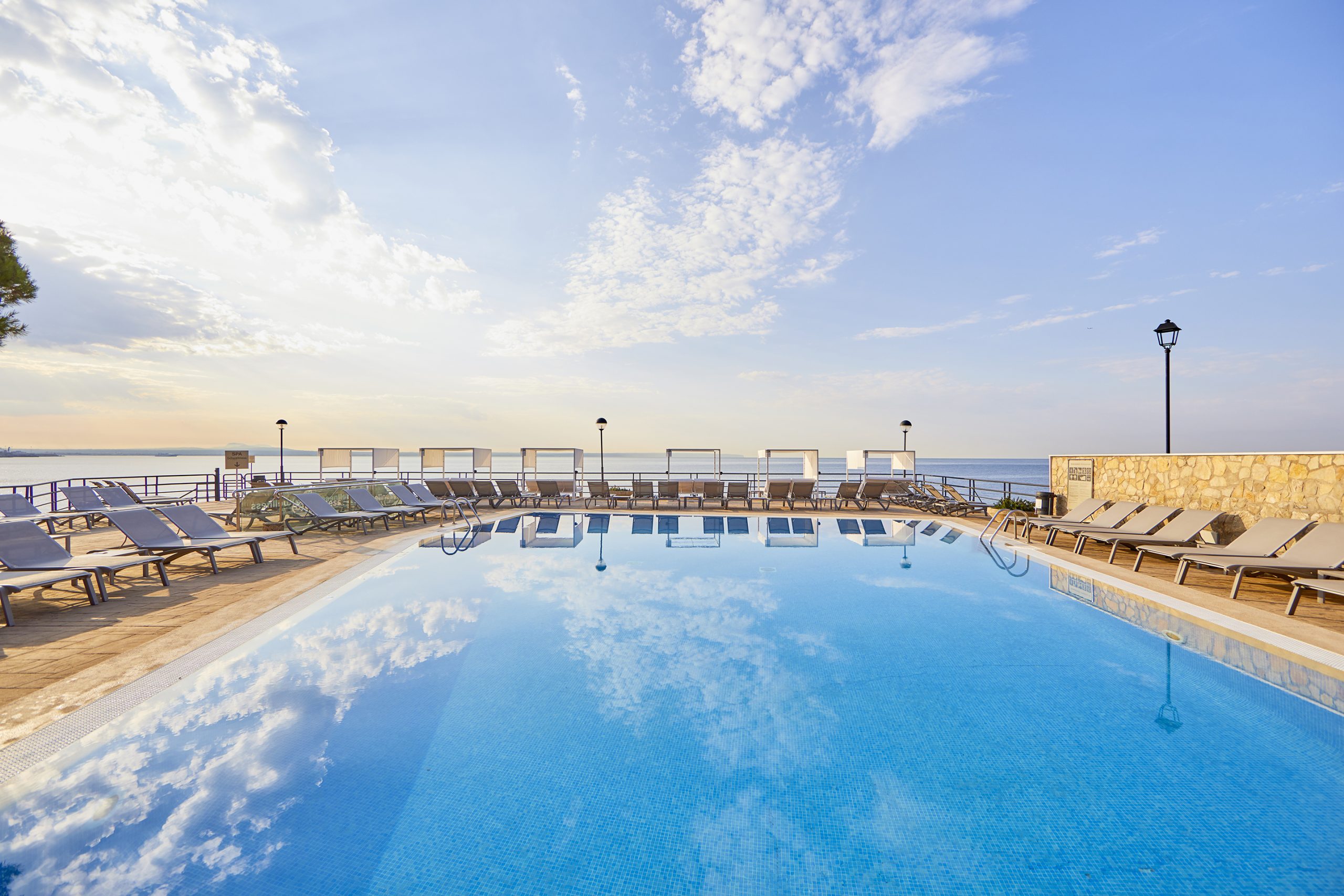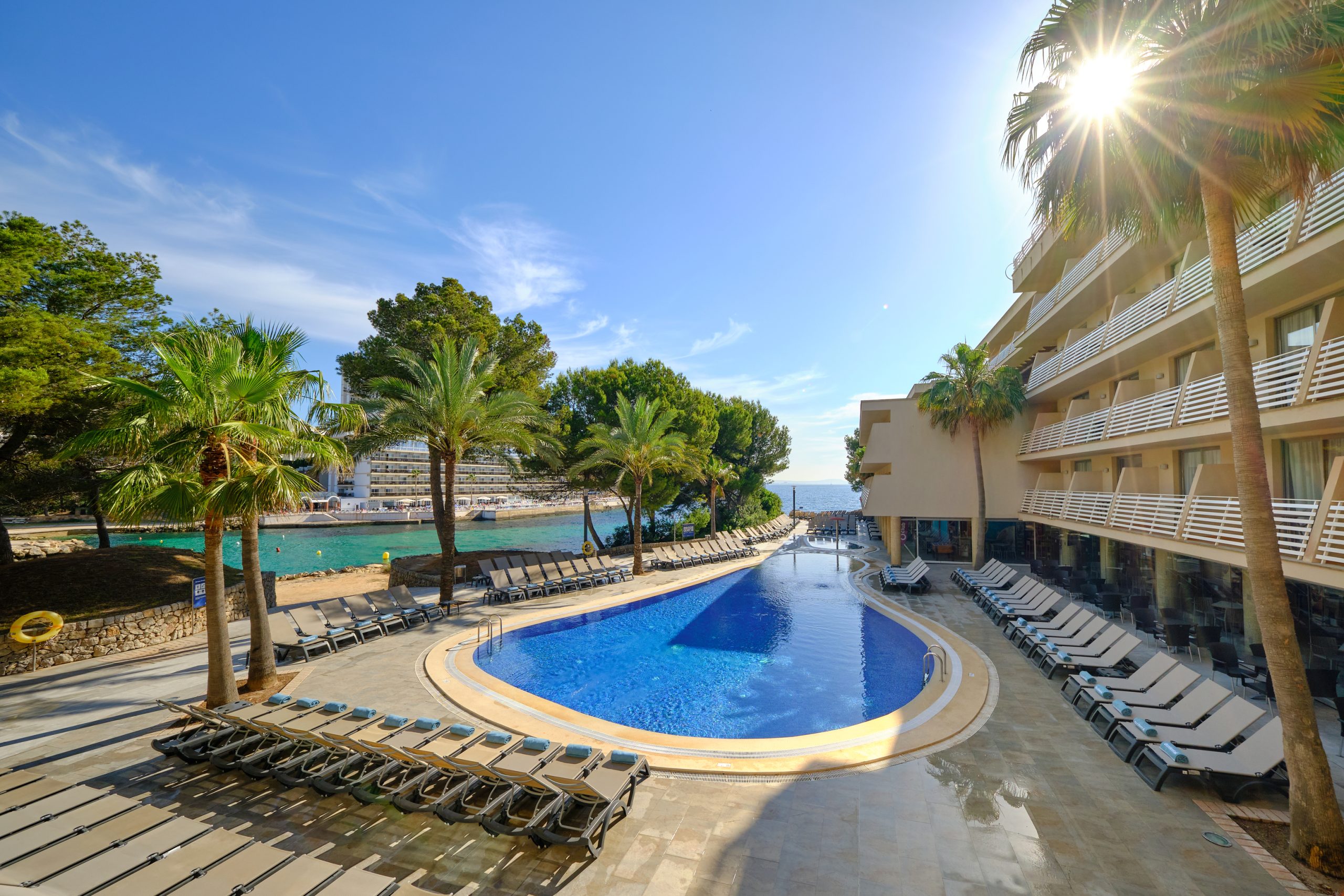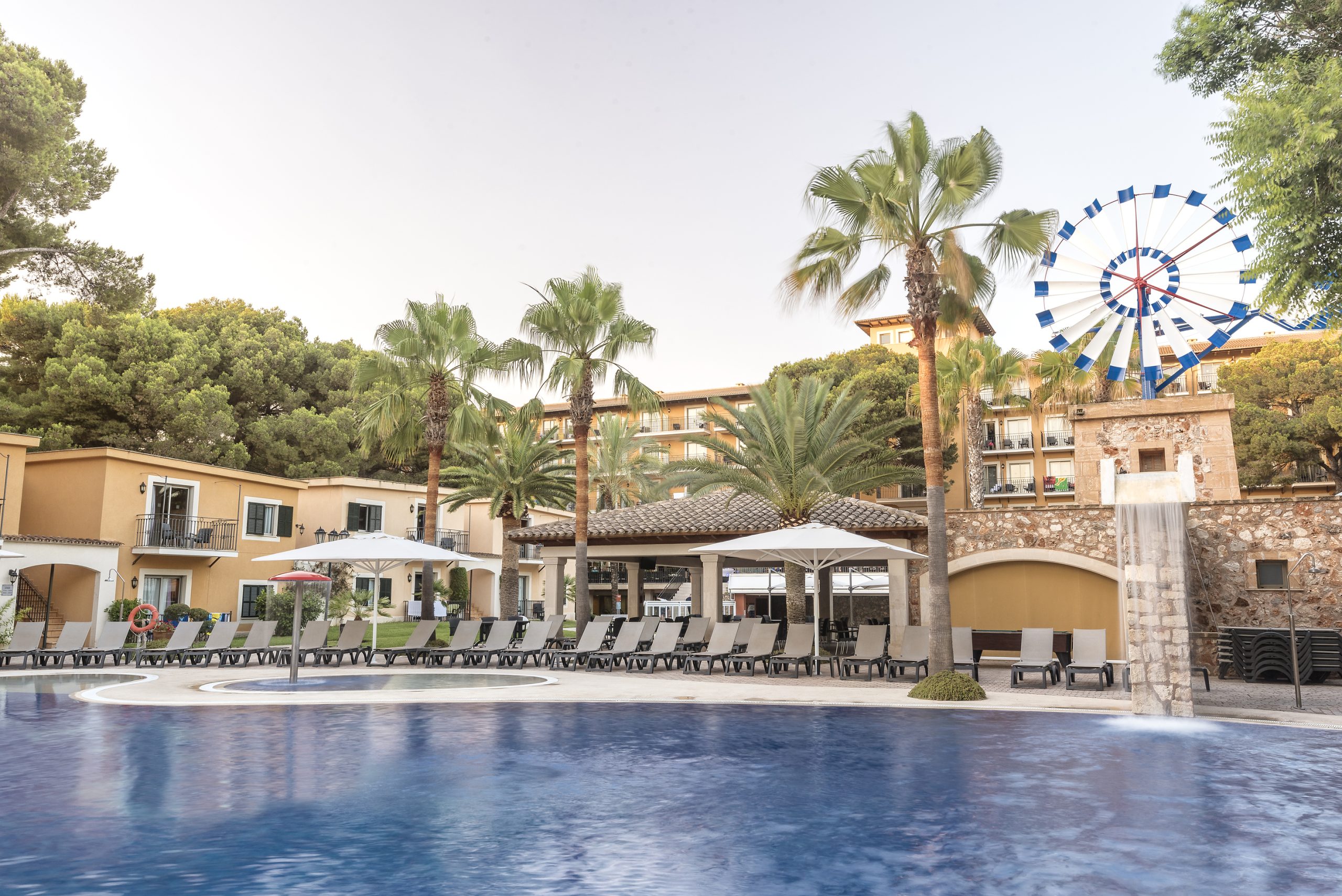The Teatre (Catalan for ‘theatre’) Principal de Palma has a long history that is logically linked to the performing arts, but it is also linked to other needs. This space, which was originally the Casa de las Comedias (House of Comedies), treasures more than three and a half centuries of history. A lot can happen in such a long period of time, in fact the theatre went from Teatro de la Princesa to Teatro Príncipe de Asturias and, finally, Teatro Principal. And it was not only the stage for theatre companies, musical groups, opera, dance and circus; in 1715, at the end of the War of Succession, it became the headquarters of the partisan forces of Philip V.
Today, the Teatro Principal is a modern cultural institution with all the technological advances of a 21st century opera house. It receives the best theatre, opera, dance and circus companies in the world and its programme is as intense as it is interesting. However, the theatre has had many ups and downs.
The long road to the Teatro de Palma de Mallorca
Originally, the Casa de las Comedias had a considerable capacity of 800 people. It was fortunate, because before its opening a board of theologians had to dictate that putting on comedy shows was a legal activity. This was society at the time, but this theatre already had three floors, a café and some warehouses. It followed the layout of rectangular open-air theatres.
It was in 1854 when the works of the new theatre began. During the works the performances were not interrupted and instead were moved to the Círculo Mallorquín. No expense was spared, because they looked for a great architect, Antoni Sureda i Villalonga, and a great set designer, the Frenchman Fèlix Cagé, who also decorated the Liceu de Barcelona. The new theatre, which opened on 19 November 1857 as Teatro de la Princesa, was inaugurated by Queen Isabella II and the Princess of Asturias.
Fire in the theatre
The result was a theatre that was bigger than the original, because a neighbouring property that was located next to the stage was acquired. The final structure was similar to that of the theatres of the time, consisting of a semicircular floor and two storeys. However, the pictorial decoration that Fèlix Cagé designed inside was outstanding. He represented the god Helios on a chariot of white horses. Around him, allegorical figures from theatre, music and dance.
Nevertheless, that brand-new theatre that would later give rise to the Teatro Principal caught fire only seven months after it was inaugurated. It was exactly on 12 June 1858 and the unfortunate event occurred after a performance of the play ‘Macbeth’. So two years had to pass for the building to be recovered and for companies to return to put on their dramas and comedies.
It has been called Teatre Principal since 1868
The reconstruction was carried out by the same professionals who had carried out the blueprints and decoration of the Teatro de la Princesa. On 14 September 1860 the building was reopened with a new name, the Teatro Príncipe de Asturias, but this was also short lived. It opened with ‘La campana de la Almudaina’, by Joan Palou i Coll, and Queen Isabella II attended the première again.
However, the Revolution of 1868 made the theatre change its name to what it is still called today: Teatro Principal. The name remains, but since then the building has undergone many renovations. In 1932 it underwent an important works to increase its capacity, in 1975 the dressing room area was modified and in 2007 the building was equipped with the most advanced technologies. Even the height of the stage was increased from 14 to 23 meters.
Management by Consell de Mallorca
From 1980 to the present day, the Teatro Principal, located at Carrer de la Riera, 2 is managed by the Consell de Mallorca as the institutional heir of the former Council.
The Teatre Principal de Palma choirs were created at the end of the 20th century to perform during the opera and zarzuela seasons of the coliseum, which now total 32 editions. Among them are the Coro Petitons, Coro Infantil and Coro de la Fundació Teatre Principal de Palma, which is the resident choir. They are all creations of the Consell de Mallorca and also collaborate in external cultural events. In 2008 the Coros del Principal received an important award for their 25th anniversary.
Access for the disabled
A handout is published of all the shows that make up the Teatre Principal’s own programme, and it is distributed free of charge to the public. There are also access platforms for the disabled from the street to the lobby and from there to the stalls.
The Teatre Principal also has a cafeteria service on the second floor of the building, but it is only available if performances have a break. Furthermore, there is a service for group visits and educational centres.
Mallorca Cultura Series
Every year, during the month of June, and as part of the Teatre Principal’s own programme, Mallorca Cultura is celebrated. It is a series with a selection of Majorcan performance proposals that are not professional but are signed by amateur groups from the region.
So, if you get the chance, take a look at the Teatre Principal’s programme and enjoy some of its performances and a tour of the building.




































































